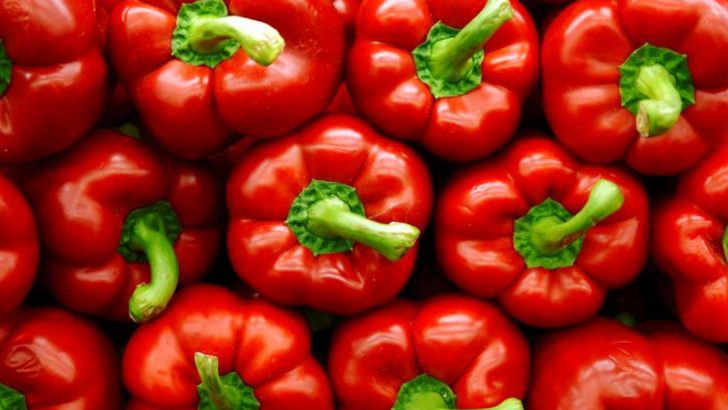Vegetables are the nutritional powerhouses that can transform your health from the inside out. Not all veggies, however, are created equal when it comes to daily consumption. Some pack a serious punch of vitamins and minerals, while others might be better left for occasional indulgence or swapped out entirely.
Let’s explore which green (and colorful) friends deserve a permanent spot on your plate!
1. Broccoli: The Mighty Green Champion
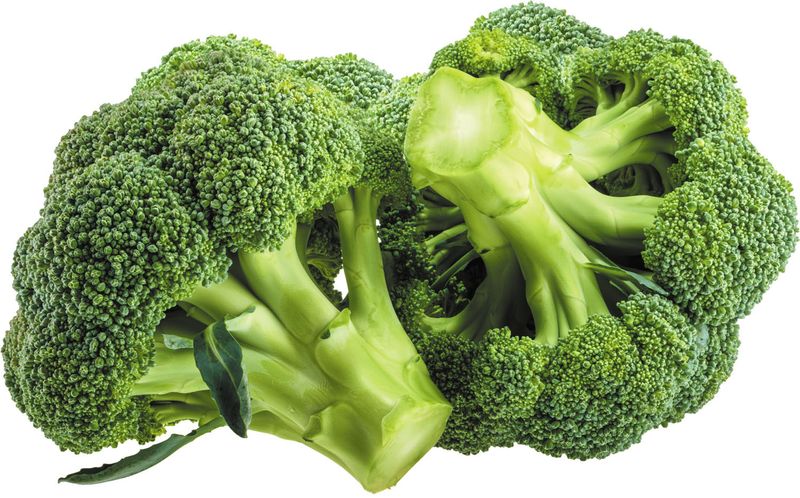
Crowned the king of cruciferous veggies, broccoli delivers an absurd amount of vitamin C—more than oranges! Those little green trees aren’t just pretty to look at.
Rich in fiber and cancer-fighting compounds, broccoli supports everything from your immune system to gut health. Roast it with a splash of olive oil for a crispy, addictive snack.
2. Spinach: Popeye’s Secret Weapon
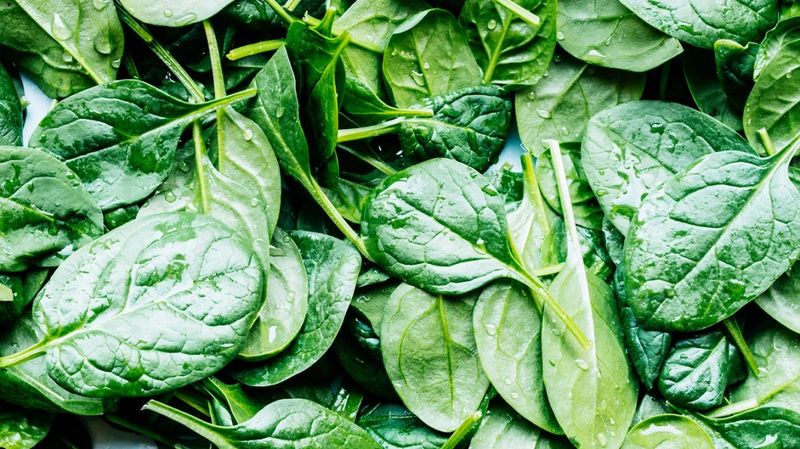
Forget those cartoons—Popeye was onto something serious! Packed with iron, magnesium, and folate, spinach quietly works overtime to energize your cells and build strong blood.
Just one cup delivers nearly 10 different vitamins. Blend it into smoothies when you’re feeling sneaky, or wilt it into pasta for an instant nutrition boost.
3. Bell Peppers: Rainbow Nutrition Bombs
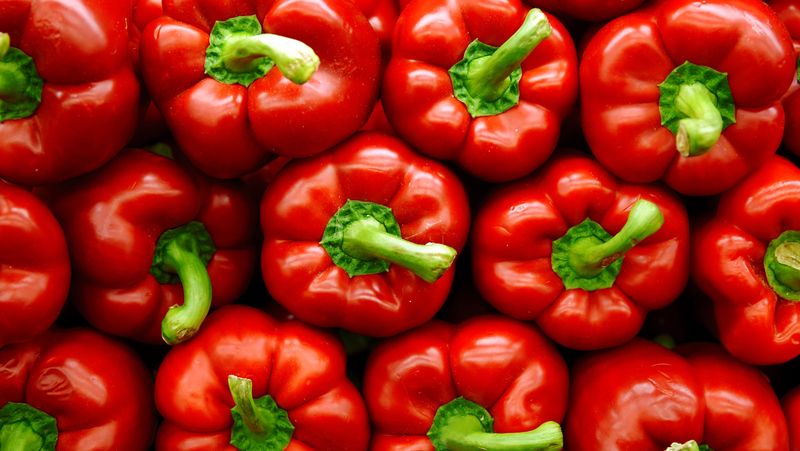
Sweet, crunchy, and explosively colorful! These gorgeous veggies contain more vitamin C than oranges—especially the red ones.
Your immune system will practically throw you a parade. Each color offers different antioxidants, so mix them up for maximum benefits.
4. Sweet Potatoes: Nature’s Candy With Benefits
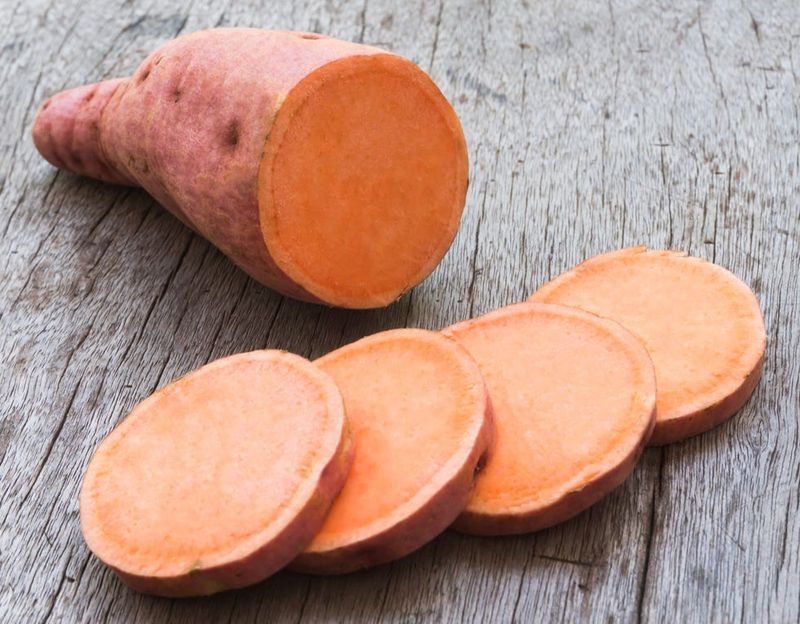
Mother Nature’s dessert that somehow counts as a vegetable! These orange powerhouses are loaded with beta-carotene for sharp eyesight and glowing skin.
Unlike regular potatoes, they won’t spike your blood sugar into the stratosphere. Bake them whole, mash them with cinnamon, or slice into fries.
5. Kale: The Leafy Green Superstar

Yes, it had its annoying hipster moment, but kale earned its superfood status fair and square! This leafy powerhouse contains more calcium than milk when compared cup for cup.
Loaded with vitamins A, K, and C, kale supports everything from bone health to immunity. Massage it with a bit of olive oil to break down its tough structure.
6. Carrots: Vision-Boosting Orange Wonders

Rabbits might be onto something! These crunchy orange sticks are packed with beta-carotene that converts to vitamin A—your eyes’ best friend.
The satisfying snap makes them perfect for mindless munching. Keep a bag of baby carrots in your fridge for when snack cravings hit.
7. Garlic: The Mighty Immune Booster
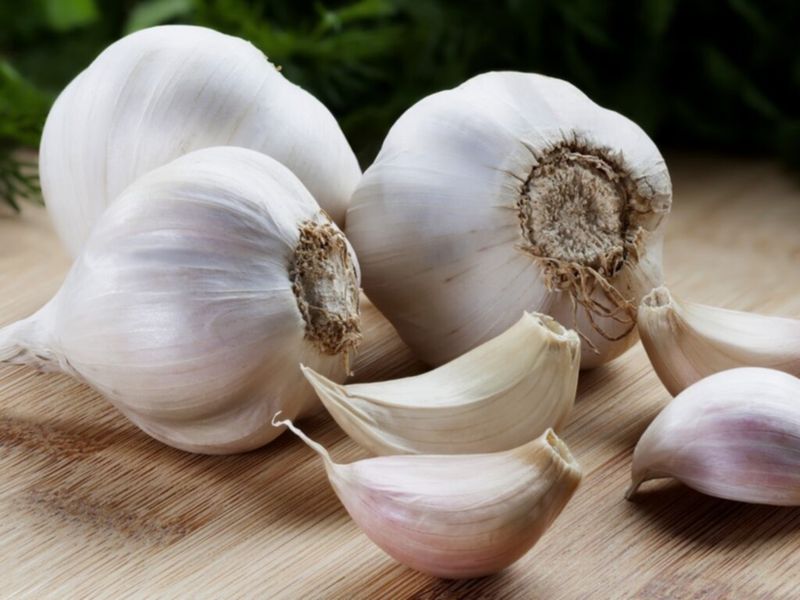
Vampires fear it, and so should common colds! This pungent bulb contains allicin, a compound with serious antibacterial and antiviral properties that can help you dodge seasonal sickness.
Studies show it may lower cholesterol and blood pressure too. Crush or mince it and let it sit for 10 minutes before cooking to activate its medicinal compounds.
8. Mushrooms: Umami-Packed Immune Supporters
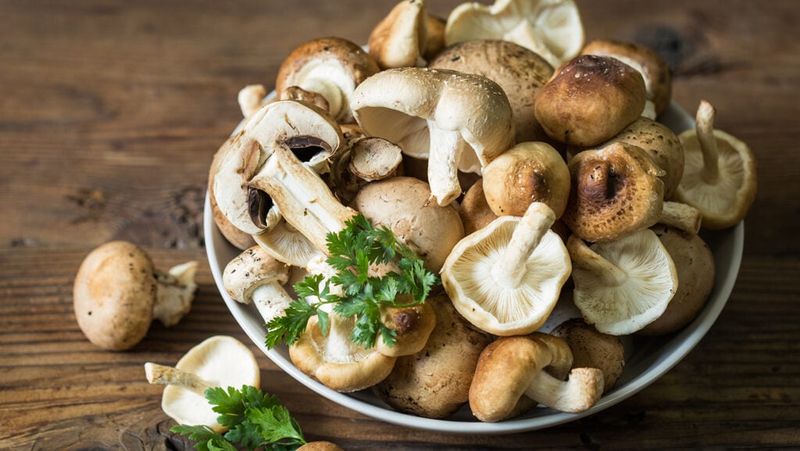
Technically fungi, not vegetables, but who’s checking botanical ID cards? Mushrooms are the only plant source of vitamin D when exposed to sunlight—mind-blowing nutrition magic!
They’re packed with selenium and B vitamins for immune support. Their meaty texture makes them perfect for reducing meat consumption.
9. Tomatoes: Lycopene-Loaded Red Gems
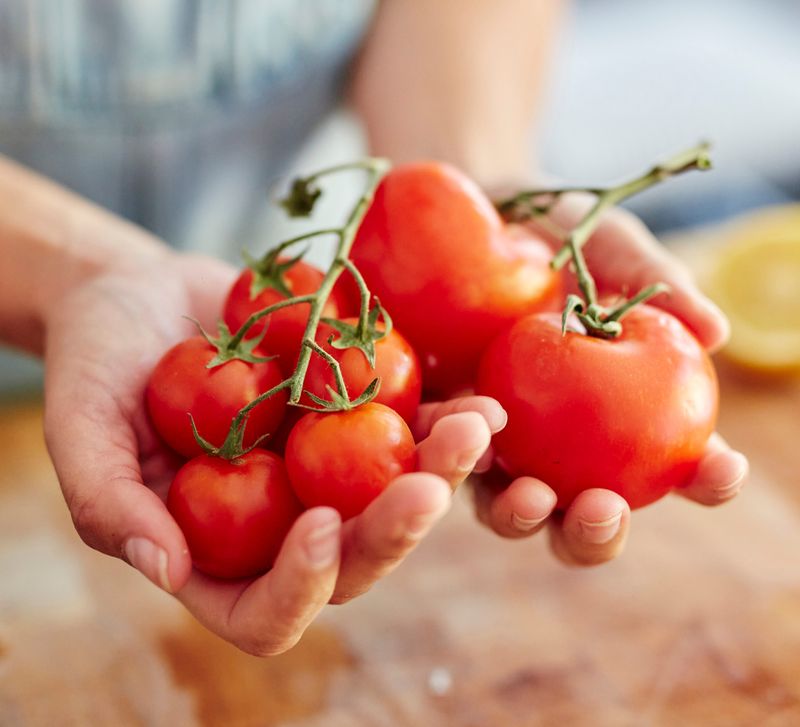
Fruit? Vegetable? The debate rages on, but one thing’s certain—tomatoes deliver serious health perks! They’re bursting with lycopene, which may reduce cancer risk and protect your heart.
Oddly enough, cooking actually increases lycopene absorption. Summer tomatoes need nothing but salt, while winter ones transform in slow-roasting.
10. Iceberg Lettuce: The Hydrating Nutritional Dud
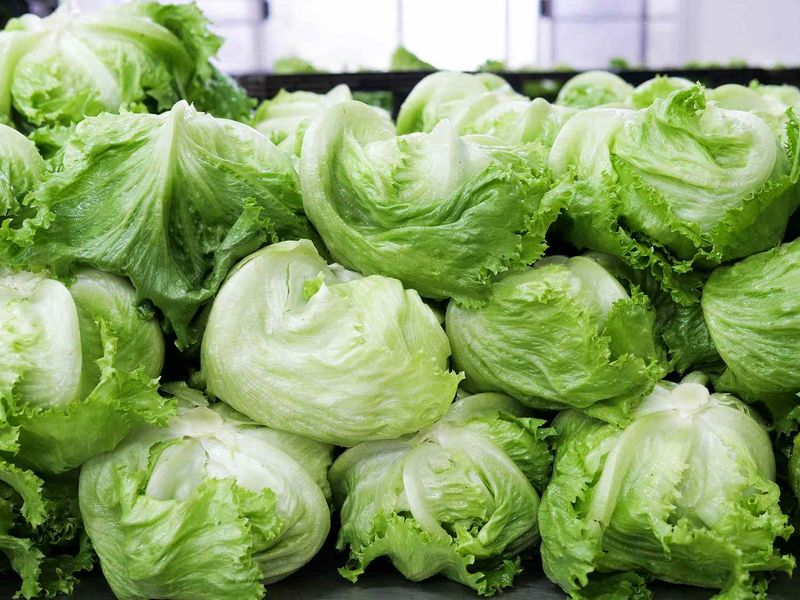
Crunch all you want—you’re mostly eating water! With 96% water content and minimal nutrients, iceberg lettuce is essentially crunchy hydration masquerading as a vegetable.
While not harmful, it’s the nutritional equivalent of a participation trophy. Swap it for romaine, spinach, or arugula to get actual vitamins with your crunch.
11. Conventional Corn: The Starchy Sugar Bomb
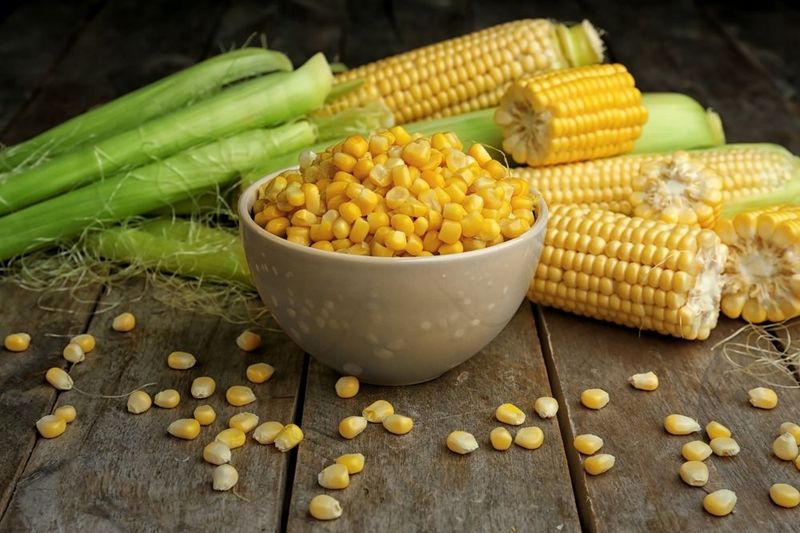
Sorry, corn lovers—this sunny yellow veggie is basically nature’s candy! With sky-high starch content that converts straight to sugar in your bloodstream, corn spikes insulin faster than you can say “buttered cob.”
Most conventional corn is also genetically modified. Save corn for occasional summer barbecues rather than daily consumption. When you do indulge, look for organic, non-GMO varieties.
12. White Potatoes: The Blood Sugar Rollercoaster
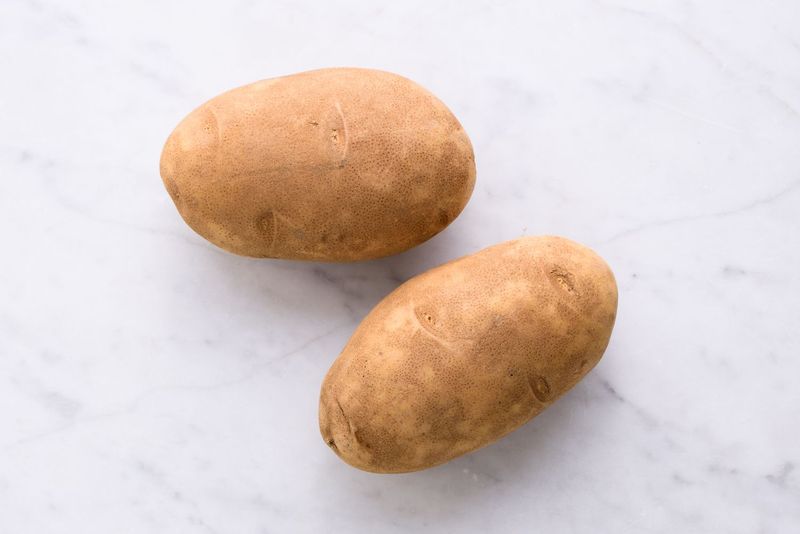
These starchy spuds send your glucose levels on a wild ride that would make theme park designers jealous! White potatoes have a higher glycemic index than table sugar—seriously.
The skin contains some fiber and nutrients, but the white flesh is mostly empty carbs. Swap them for sweet potatoes, turnips, or cauliflower mash.
13. Celery: The Negative-Calorie Myth
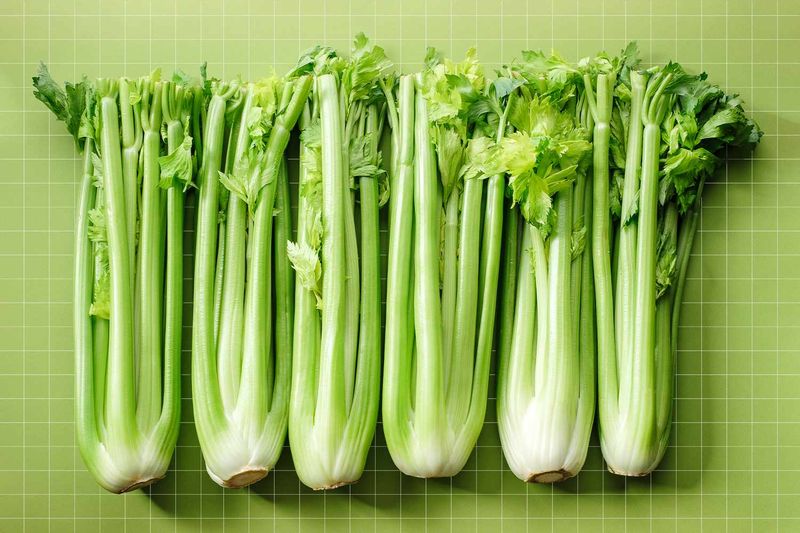
The infamous “negative calorie” vegetable that supposedly burns more calories chewing than it contains. Spoiler alert: that’s completely false!
While celery isn’t harmful, it’s mostly water and fiber with minimal nutrients. Its bland taste makes it a poor daily staple. Better as an occasional vehicle for hummus or peanut butter than a nutritional cornerstone.
14. Conventional Eggplant: The Nightshade Nuisance
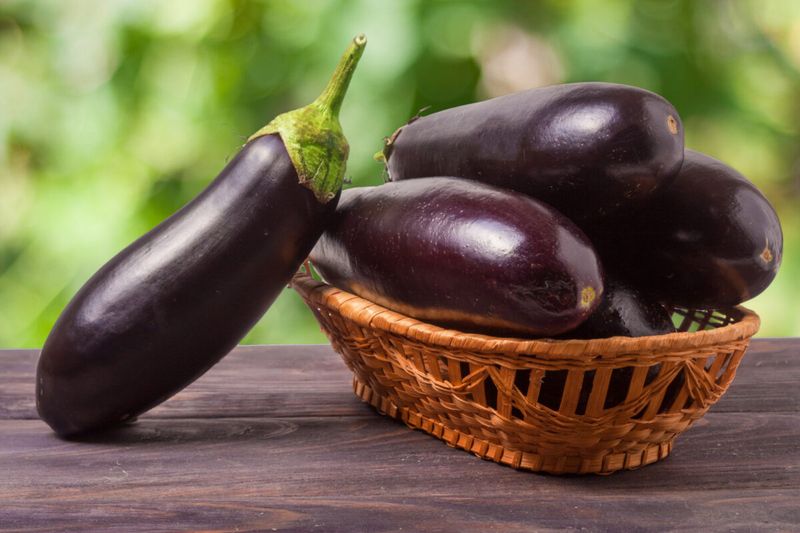
This glossy purple vegetable looks impressive but delivers minimal nutritional payoff! For those with inflammatory conditions like arthritis, eggplant’s nightshade family membership can trigger painful flare-ups.
Conventional eggplants are also heavily sprayed with pesticides. If you don’t have sensitivities, enjoy occasionally.
15. Canned Vegetables: The Sodium-Soaked Shortcuts
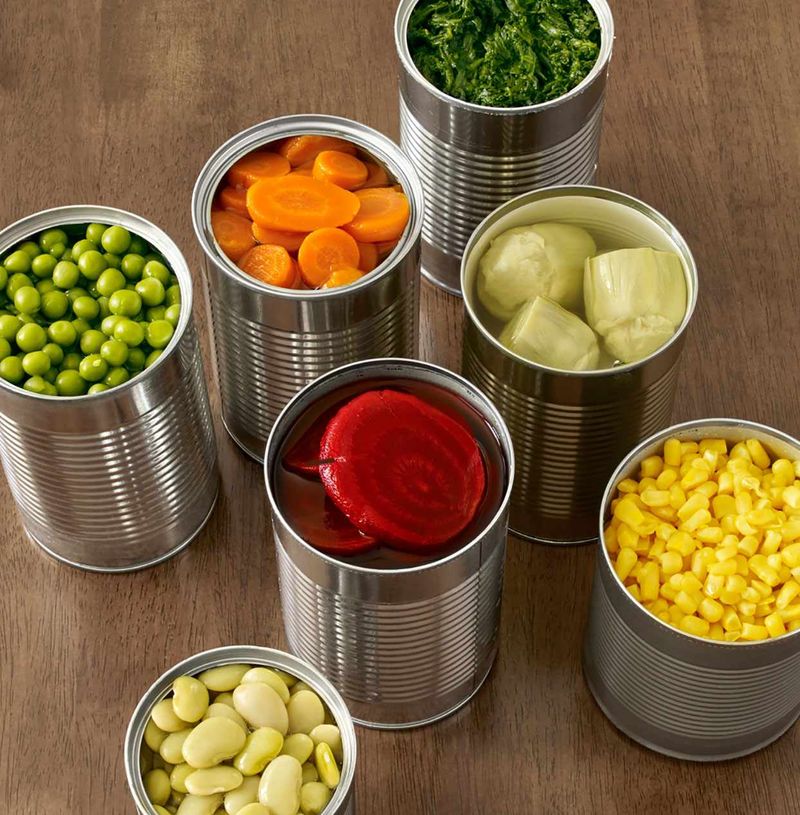
Convenience comes at a cost! Most canned vegetables swim in enough sodium to make your blood pressure do backflips.
A single serving can contain up to 40% of your daily sodium limit.
Many cans also contain BPA, a hormone-disrupting chemical. Opt for fresh or frozen instead.
16. Pickled Vegetables: The Hidden Salt Mines
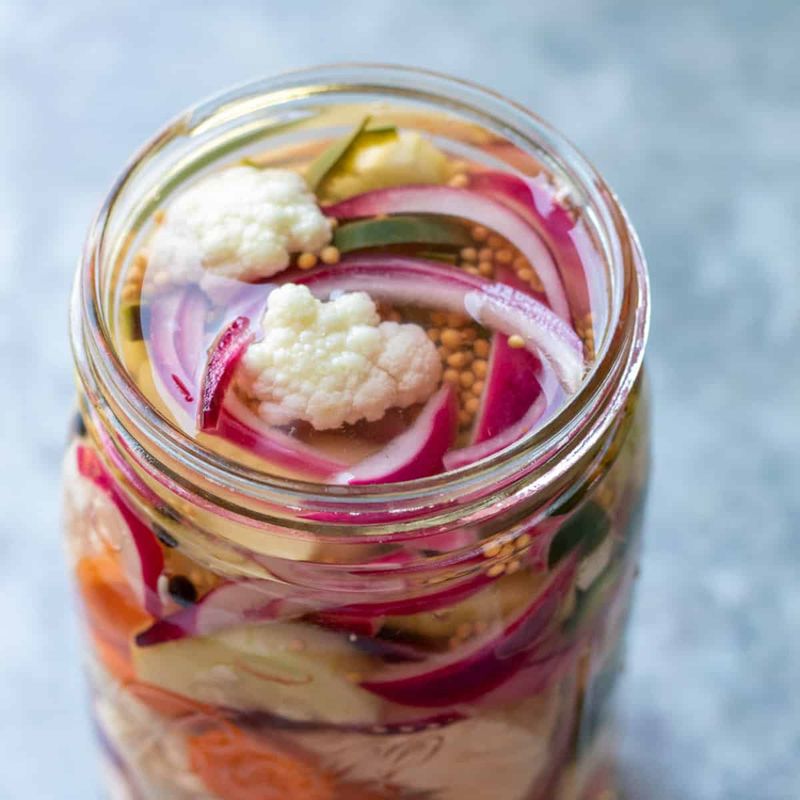
That satisfying pickle crunch comes with a sodium tsunami! Traditional pickled vegetables can pack over 1,000mg of sodium per serving—nearly half your daily limit in a few bites.
The vinegar brine destroys many of the original nutrients too. Enjoy pickles and sauerkraut occasionally for their probiotic benefits, but don’t make them daily staples. Look for refrigerated versions with lower sodium when possible, or make quick refrigerator pickles at home.
17. Conventional Bell Peppers: The Pesticide Magnets
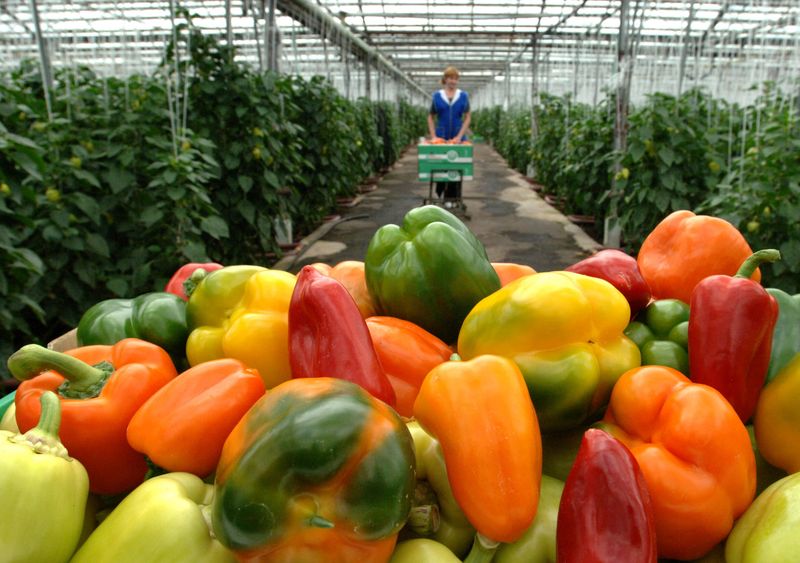
Hold up—didn’t these make the “eat” list? Yes, but with a critical distinction! Conventional bell peppers consistently rank among the “Dirty Dozen” most pesticide-contaminated vegetables.
Their thin skins offer little protection against chemical absorption. Always buy organic peppers for daily consumption.
18. Creamed Spinach: The Nutrient Destroyer
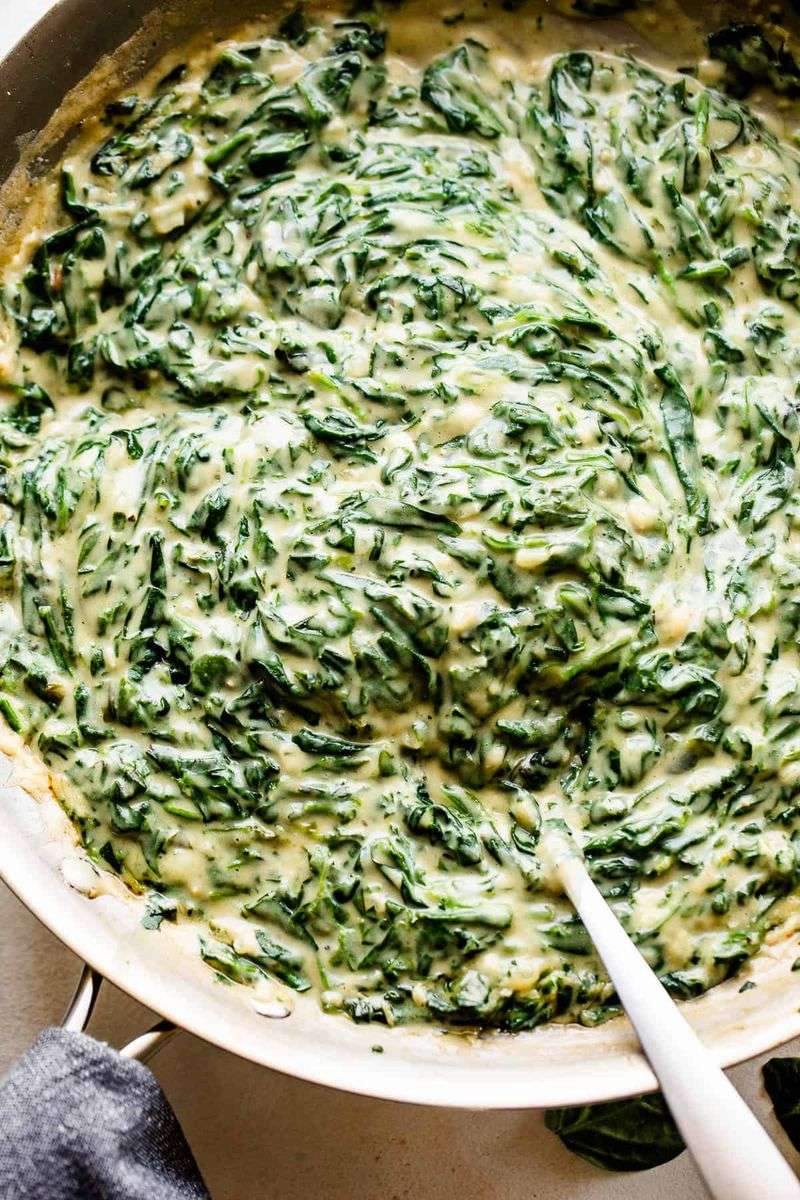
Spinach’s evil twin! This sneaky side dish transforms a superfood into a calorie bomb.
Drowning innocent spinach in heavy cream, butter, and salt creates a dish with more fat than nutrients. The high heat and cream also destroy many of spinach’s water-soluble vitamins.

